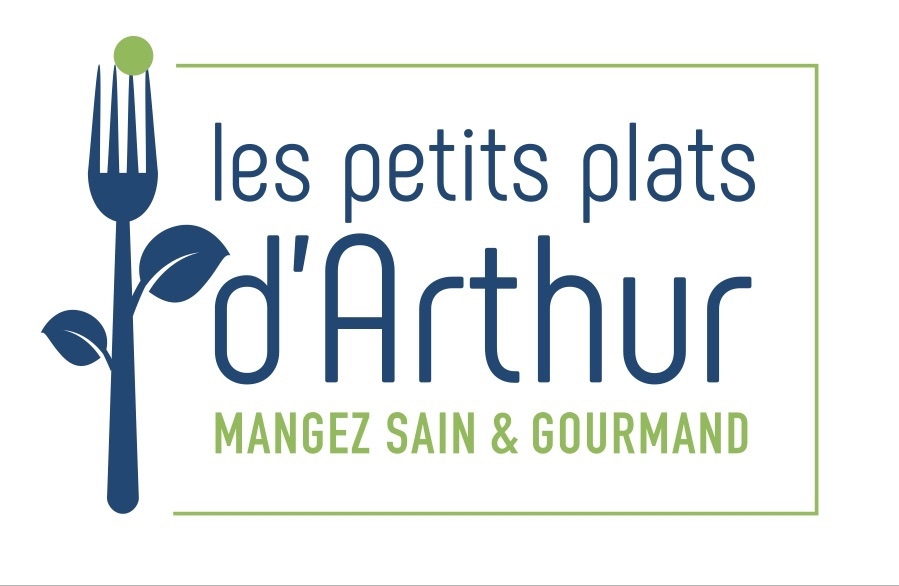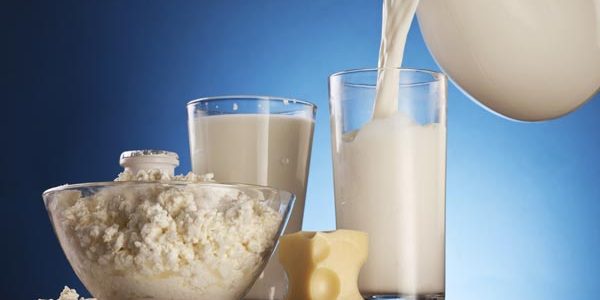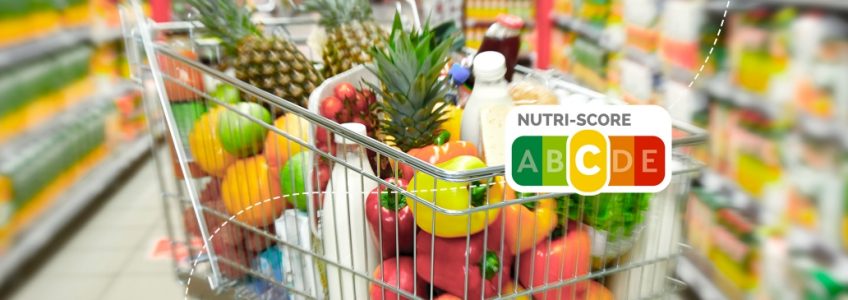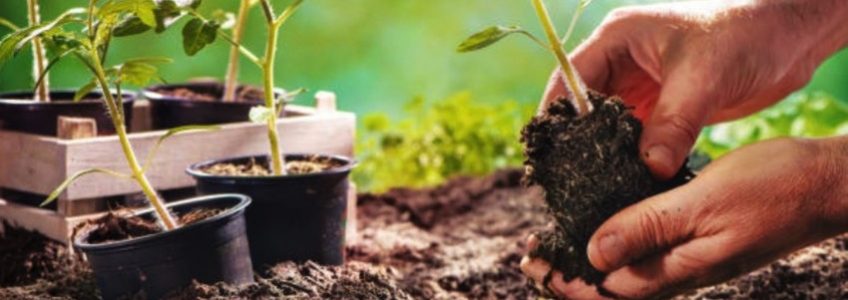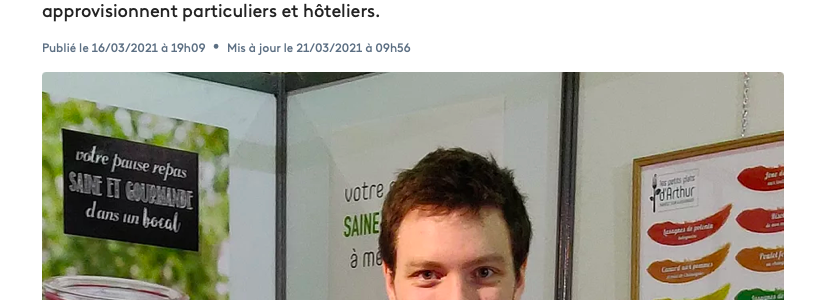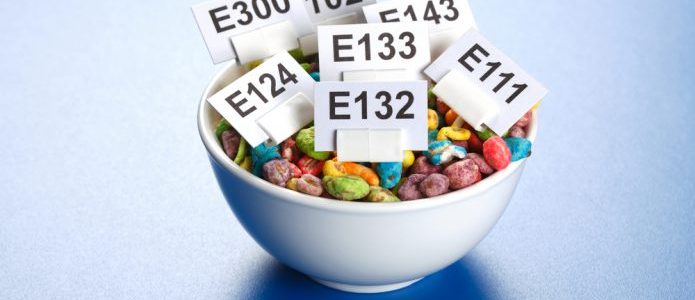Intolérance au lactose : lait, lactase, sucre…
80% de la population mondiale âgée de plus de 7 ans est intolérante au lactose. Ce chiffre énorme atteint même 90% dans certains pays d’Asie de l’Est. En France, on dénombre 20% d’intolérants au lactose en 2020.
Cette semaine, l’équipe des Petits Plats d’Arthur tente de définir ce qu’est le lactose ainsi que les raisons de son intolérance.
Lire la suiteInvest In Reims parle des PPA
Ce Lundi 31 Mai, les Petits Plats d’Arthur sont à l’honneur sur le blog du site internet d’Invest In Reims.
Lire la suiteL’Agriculture biologique : la volonté de mieux manger
Dans ce nouvel article de notre catégorie « Bien cultiver pour bien manger », l’équipe des Petits Plats d’Arthur revient sur les origines et principes fondateurs de l’Agriculture biologique et démêle les différents labels que vous pouvez retrouver apposer sur lesdits produits.
Lire la suiteL’étiquetage nutritionnel du Nutri-Score
Le système d’étiquetage du Nutri-Score, recommandé par l’Organisation Mondiale de la Santé (OMS), a été introduit en Janvier 2016 dans le cadre de la Loi de Modernisation du Système de Santé français.
Présent sur un nombre croissant de packagings dans les grandes surfaces, savons-nous réellement ce qui se cache derrière ce logo ?
Lire la suiteDu champ à l’assiette : manger plus sainement
Il est complexe de désigner véritablement ce que sont les termes “bien cultiver” et “bien manger”. Chacun aura son propre avis sur la question de par son savoir-faire distinctif tout autant que par ses habitudes.
Néanmoins, dans cette nouvelle série d’articles, nous tenterons de mettre en lumière les différentes manières de « bien cultiver pour bien manger ». Parce que se régaler commence aussi dans les champs…
Les Petits Plats d’Arthur pour France 3 Champagne-Ardenne
La “sucess-story” des Petits Plats d’Arthur intéresse la rédaction du journal France 3 Champagne-Ardenne en ce mois de mars 2021.
Lire la suiteL’interview d’Arthur sur France Bleu Champagne-Ardenne
Toute l’équipe des PPA est fière de vous partager ici le replay de l’interview d’Arthur pour France Bleu Champagne-Ardenne dans leur podcast “Circuits courts” le 8 Avril 2021.
Lire la suiteLes additifs alimentaires : un danger ?
Vous êtes-vous déjà demandé ce que qu’étaient le E420 ou le E100 ? Que signifient-t-ils ? A quoi servent-ils ? Saviez-vous que plus de 300 additifs alimentaires sont utilisés dans les produits que nous consommons en France ? Aviez-vous déjà entendu parler des additifs zootechniques ?
Ce mois-ci, l’équipe des Petits Plats d’Arthur tente de vous expliquer ce que sont les additifs alimentaires.
Lire la suiteL’intolérance au gluten chez les Seniors
Le corps médical est de plus en plus sensibilisé à l’intolérance et à l’allergie au gluten ainsi qu’à la maladie coeliaque qui en découle. Celle-ci touche aujourd’hui 1 adulte sur 100 en Europe dont 20% des nouveaux diagnostiqués ont plus de 65 ans (Source : Doctissimo).
L’équipe des Petits Plats d’Arthur répond à vos questions dans cet article sur la maladie coeliaque chez les seniors !
Lire la suiteLe Label rouge, un signe de qualité supérieure.
Le label rouge est un signe national qui désigne des produits qui, par leurs conditions de production ou de fabrication, ont un niveau de qualité supérieure par rapport aux PCC (Produits Courants de Comparaison).
Ce mois-ci sur le blog des PPA, nous nous pencherons plus en détail sur ce qu’est le label rouge ainsi que sa place aux Petits Plats d’Arthur.
Lire la suite